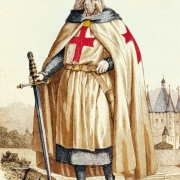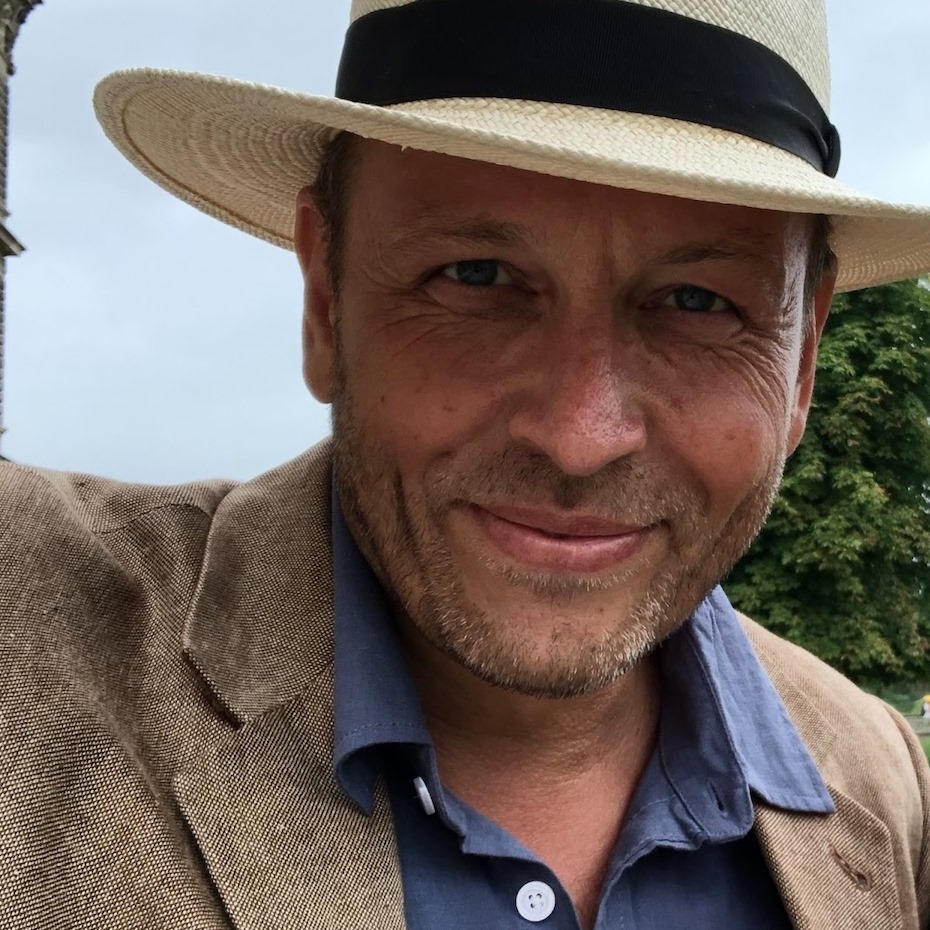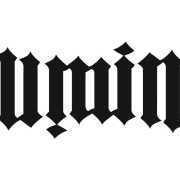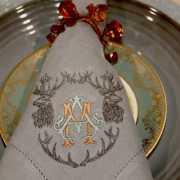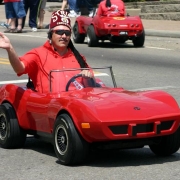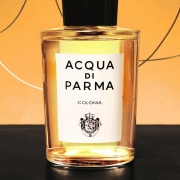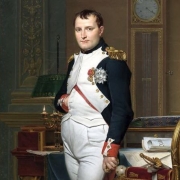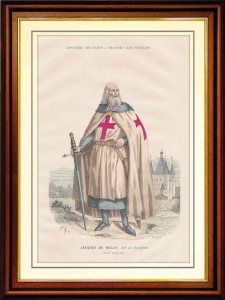
In 597 B.C. Nebuchadnezzar II, king of Babylon, conquered Israel. After ten years of dealing with rebellion from the conquered people, he decided to destroy Jerusalem and King Solomon's Temple, stole all the artefacts (except the Ark of the Covenant, which has never been found to this day) and took them to Babylon, along with a large number of captives. About 50 years later, Cyrus the Persian defeated Nebuchadnezzar and finally freed the Israelites and allowed them to return to Jerusalem, where Zerubbabel built a second temple on the site of King Solomon's temple in 516 BC. This second temple stood until 20 B.C. when Herod the Great dismantled the second temple and built a magnificent temple in an attempt to glorify Jerusalem and his name. This temple was destroyed by the Roman emperor Tital in the year 70.
The site of the temple later became the third holiest place in the Islamic faith, when the Prophet Mohammed ascended to heaven by climbing a ladder of light from a sacred stone that was once part of King Solomon's temple. In 691 Calif Abdul Malik began building the mosque of Sakhra (Dome of the Rock) next to the site of the temple, which was completed by his son, it was destroyed and rebuilt several times until the last Al Aqsa mosque was completed in 1099.
Establishment of the Order of the Temple.
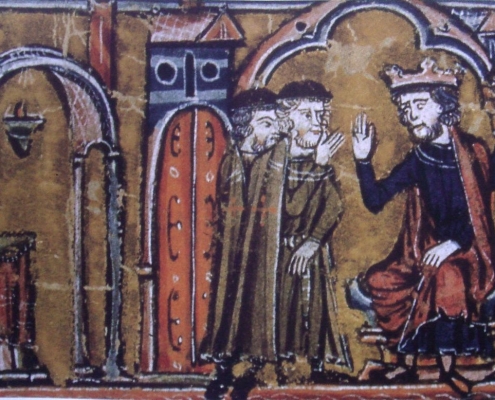
The successes of the crusaders had brought pilgrims from all over Christendom to the Holy Land, but the obstacles the pilgrims had to overcome were numerous. There was a lack of roads and means of transport, the routes were threatened by robbers and it was almost a fact of life that one was cheated by the innkeepers and traders one encountered. To provide some protection for these otherwise unguarded pilgrims, Hugues de Payens and seven other knights founded the Order of the Temple. The king of Jerusalem, Baudouin II, granted them a residence near the royal palace at the captured Al Aqsa mosque, on the site traditionally believed to be that of the Temple of Solomon, also called Temple Mount. The Knights came to be known as the "Knights of the Temple" and for the next ten years, in addition to their regular duties, they excavated the ruins of Solomon's Temple beneath their quarters. In 1867, a team of Royal Engineers, led by Lieutenant Charles Warren and funded by the Palestine Exploration Fund, discovered a series of tunnels under Jerusalem and the Temple Mount, some directly under the Templars' headquarters. Several small artefacts were found indicating that Templars had used some of the tunnels, although it is unclear exactly who dug them first. Some of the ruins Warren discovered date back centuries earlier.
Hugues de Payens toured several European countries between 1124-1128, he received official approvals from the Catholic Church at the Council of Troyes in France in 1124 and he visited his comrade Henri Saint Clair, first Earl of Roslin at his home in Roslin, Scotland around 1126-28, during this visit he was granted land by King David I of Scotland to build the first Templar Preceptory outside the Holy Land, at Balantrodoch near Edinburgh, now called Temple Midlothian. Around this time Hugues de Payens also founded a Preceptory in London, England. Hugues de Payens' visit to Scotland establishes Rosslyn's first connection with the Templars.
As for the excavation under the Temple Mount, no evidence has been recorded, but it seems that the Templars found something.
In 1139 (just 21 years after the founding of the order), Pope Innocent II issued a papal bull exempting the Order from obedience to local laws. This ruling meant that the Templars were free to cross all borders, did not have to pay taxes and were exempt from all authority except that of the Holy See itself. With its settlements and generous financial resources, the Order grew into the largest and richest organisation of its time. Templars often fought in the vanguard in important battles during the Crusades. The heavily armoured and experienced knights on their war horses were almost always the spearhead of the attack to break through the enemy's lines.
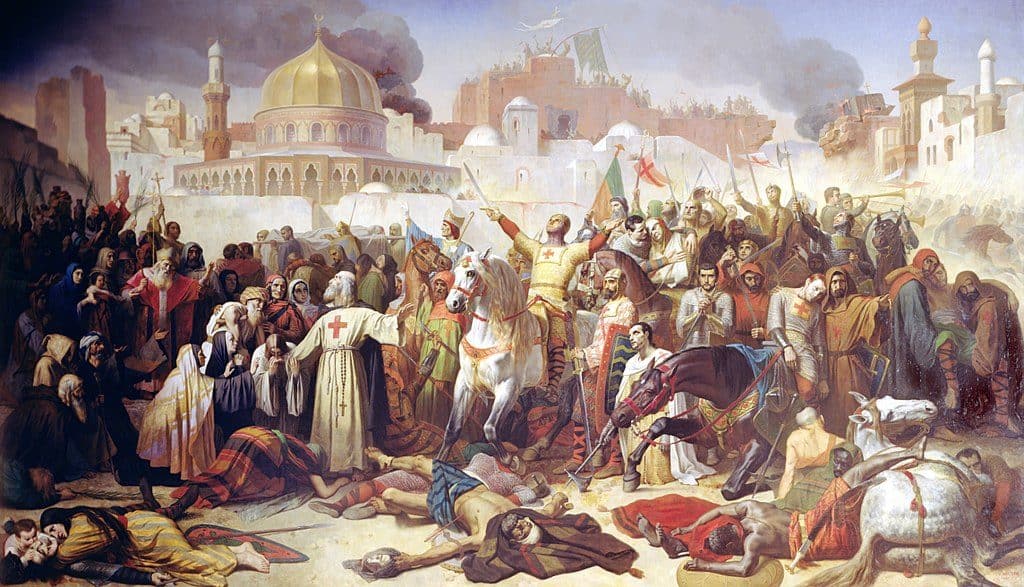
Pilgrims deposited their valuables with a local minister before leaving, received a document with the value of their deposit and then used that document on arrival in the Holy Land to collect their money. The bank cheque was born.
This innovative scheme was an early form of banking and was possibly the first formal system to support the use of cheques.
It improved the safety of pilgrims by making them less attractive to thieves and contributed significantly to the Order's coffers.
Based on this mix of donations and business transactions, the Order has established financial networks throughout Christendom.
- They acquired large tracts of land, both in Europe and the Middle East
- They bought and managed farms and vineyards
- They built churches and castles
- They were involved in production, import and export
- They had their own fleet of ships
- They owned the whole island of Cyprus for a year in 1191
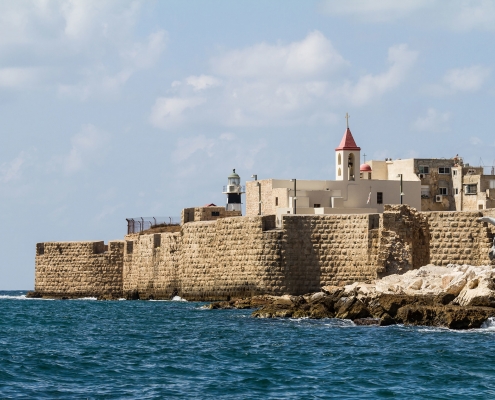
Jacques de Molay was burned at the stake.
In 1307 he suddenly arrested all Templars in France, and persuaded all countries except Scotland and Portugal to follow suit.
The wealth, independence, pride and secrecy of the Order proved to rob them of all influential friends, and the French king managed to secure their conviction for heresy. However, Phillip never succeeded in acquiring the wealth of the Order, as someone tipped off the knights and on the day of the mass arrests, the Templar fleet set sail from La Rochelle in France, their destination a mystery - although many at the time believed they were sailing to Scotland. In France, many Knights of the Order were tortured to force confessions, and in this way much of the scandalous legend was added to the Order's story. Many resisted the force of the rack and were burned at the stake as heretics. The Grand Master, Jacques de Molay, was the last to be put to death in Paris in 1314.

"It is only right that at such a solemn moment and when my life has so little time to run, I should reveal the deception that has been practised and stand up for the truth. Hear me! Before heaven and earth and all of you before my witnesses, I confess. I confess that I am indeed guilty of the greatest shame, but the shame is that I have lied. I have lied by admitting the disgusting charges against my Order. I declare, and I must declare, that the Order is innocent. Its purity and holiness have never been defiled. In truth, I would have testified otherwise, but I did so for fear of terrible torture. Other knights who withdrew their confessions were led to the stake, I know. Yet the thought of dying is not so horrible that I would now keep my confession of gross crimes that were never committed. Life is offered to me, but at the price of faithlessness. At such a price, life is not worth living. If life can only be bought by piling up lie upon lie, I do not grieve to lose it."
Modern historians reject the trial of the Knights Templar as wholly unjust and acquit the Order of the charges against it. The Catholic Church has long held that the Order was innocent of any wrongdoing and a recently found document 'The Chinon Parchment' reveals that Pope Clement V had pardoned Jacques de Molay in 1314, just before his death. The surviving members of the Order merged with other orders or went into hiding. In Portugal King Denis refused the Pope's order and renamed the Order 'The Order of Christ' instead. This Order would continue in history into the 20th century and had a direct influence on European exploration and expansion for more than 400 years.
Rosslyn Chapel and the beginnings of Freemasonry.
Legends arose that some knights fled to Scotland, where an excommunicated King Robert the Bruce was engaged in a battle against the English and it seems logical and likely that the Bruce would have welcomed the Templars. The Templars fought for the Scots at Bannockburn in 1314 and in return received refuge, land and titles from a grateful king. Later this was called The Scotch Guard.
There is also a theory that the sailors of the Order managed to use their skills to navigate across the Atlantic Ocean where they discovered North America. In 1312, the Order of the Knights Templar was dissolved by the Council of Vienne and their remaining property was transferred to the Knights of St. John. In the 1440s (130 years after the Templars' dissolution) Sir William Saint Clair, Jarl of Orkney was the most powerful man in Scotland. He was a direct descendant of William de Saint Clair, the last Templar Grand Master of Scotland, who died with the heart of Robert the Bruce (as part of James Douglas, Lord of Douglas expedition) on a final crusade to Jerusalem.
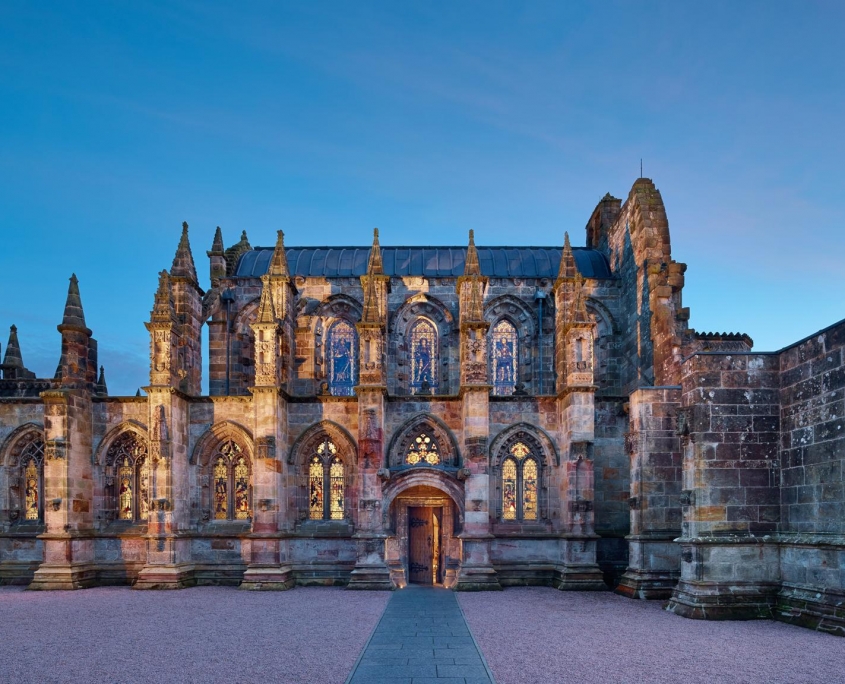
He sought and received a charter from the Church in Rome to build a collegiate chapel in 1446. His most likely reasons for wanting this temple would be to establish a seat of spiritual authority to emulate King James II and to house artefacts brought to Scotland by the Knights Templar in 1126 (and perhaps after the dissolution of the order) and inherited by the Saint Clair family.
Rosslyn Chapel connects the Jewish Temple to the Masonic Temple via the Knights Templar. Historians and researchers have now shown that Rosslyn Chapel was built in the same style as the Herodian architecture of Jerusalem and that it is an exact replica of the ground plan of the temple of Herod the King. The layout of Herod's temple was unknown to archaeologists until the mid-nineteenth century, almost four hundred years after the chapel was built. Sir William Saint Clair brought Masons (in those days the word mason meant builder and included stone, wood and metal masons) from all over Scotland to his chapel.
To accommodate them he built the town of Roslin near his castle and the site of the chapel, and on 20 September 1456 construction began. Rosslyn Chapel contains the oldest document showing a modern First Degree ceremony performed by a Templar. On the lower frame of the window in the south-west corner of the chapel is carving, carved between 1440 and 1450 of the First Degree. There are many Templar symbols and images of Templars carved in the chapel. When King James II died in 1460, his son, James III, came to the throne and he thought Sir William posed a great threat to the Crown of Scotland, so he stripped Sir William of Orkney (in 1470). Sir William abdicated as Earl of Caithness in favour of his son in 1476 and he died in 1484.
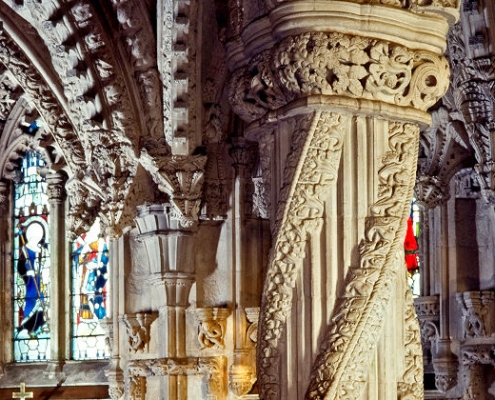
In 1483 (27 years after the construction of Rosslyn Chapel began) the first Masonic documents are found stating that the Burgh of Aberdeen is involved in the settlement of a dispute between six 'Masownys of the Lurge'.
Freemasonry begins to spread as Lodges initiate candidates and give them the 'Master's Word'.
It seems that the Freemasons who built Rosslyn Chapel found something of great value in the ceremonies and teachings they learned at Rosslyn and when they returned home, they took this ritual and sense of brotherhood with them.
Scotland would remain the cradle of Freemasonry for the next 100 years.
In conclusion...should we consider the roots of Freemasonry as coming from Megalithic times, King Solomon, Athelstan, the Templars, medieval stonemasons, Schaw, charities, the Invisible College or the Rosicrucians? Moreover, do we think that the roots of modern Freemasonry lie more in Scotland or England or perhaps France?
We will never know for sure and can only speculate about the gaps in history. Whatever course Freemasonry took, it inspired millions of people in many countries for more than three centuries and attracted famous personalities from Europe, the United States of America and other continents. If Freemasonry adapts to the Zeitgeist and manifests itself as a time-honoured Fraternity in which self-knowledge, respect and work on the Rough Stone are the primary goals, it will undoubtedly continue to do so for several centuries to come.
Thierry Stravers is co-owner of Masonic Store.
He likes to combine his passion for style and elegance with his Masonic activities.
Thierry is the owner of Trenicaa marketing agency and is a board member of Loge Enlightenment No.313 O: Hoofddorp.

